5G is the next generation of mobile communication technology, It can provide up to 20Gbps. Here is a brief summary of various changes from the 1st to 5th generation and some amazing facts about 5G and other communication technologies.
5G technology is the upcoming next generation of mobile communication technology which will change our world completely.
The first generation of communication technology 1G :
It was launched in America. It is the first generation of mobile communication technology.It uses analog signals, was introduced in the early 1980s. Its average rate was between 4800 to 9600bps. It is based on FDMA stands for Frequency Division Multiple Access.
the first phone was working on 2.4kbs speed. That was the first generation of wireless cellular technology (mobile telecommunications) that was working on analog circuits.
Second-generation 2G technology:
After 1G, 2G was introduced, It was launched in Finland in the year 1991.
It works on digital circuits, using digital signals. But the speed of 2G was very low (better than 1G) only 64 kbps.
It provided services such as text messages, picture messages, and MMS. It is based on GSM stands for Global System for Mobile Communication.
Drawback:
1.) It requires a strong digital signal to work. If there is no network coverage in some areas then the signals would be weak and hence difficult to operate a phone.
2.) 2G is a circuit-switched connection-oriented technology where the end system is dedicated to calling session. It causes difficulty in bandwidth usage.
3.) The 2G never supports a high-speed data rate. Also, the GSM enabled systems are unable to handle complex data like video.
3G technology:
3G was introduced due to a very low speed of 2G. It was quite better than 2G. It was having 200kbps top speed due to which the people were able to use the internet via mobile with slight difficulty. With a 3G phone people were able to use WhatsApp, YouTube, Google, and many more things. But at a slower speed.
4G technology:
But as the 4G mobile communication technology came to the market it completely blasted the internet, because the 4G has a theoretical 100 Mbps speed which is amazing and extremely high than previous generations. The sale of a 4G handset made many records.
According to the data in India, around 20M phones were sold in 2018. Due to 4G a lot of changes where observed, like the digitalization of India due to demonetization of Indian notes. Before the 4G technology, all the system in Indian system was offline and there was a very small use of the internet as compared to now. But nowadays it is mostly online. This is possible only due to the Reliance jio Telecom owed by Mr. Mukesh Ambani.
Here are some facts about 4G technology:
- The establishment of 4G got started in 2009. It took approximately 3 years to come into the public domain. By 2013 the 4G LTE was operating at the 800 MHz, 900MHz, 1800MHz and 2600MHz frequencies
- The name 4G shown that ‘technology is growing every decade. As we used 1G in the 1980s now we are using the new version of the internet is 4G after 3 decades.
- Better coverage: 4G works at a lower frequency than 2G and 3G, it can penetrate walls and building better and hence providing better all-round coverage.
- LTE: means Long Term Evolution which helps any device to become a part of 4G telecommunication devices with LTE can directly connect to 4G.
- Effect of 4G on phones battery life: great performance requires a greater battery. A 4G handset requires a 4G chipset – this is inside your mobile phone – part of the electronics. A 4G chipset uses greater battery power. 4G is also referred to as “Power Hungry”.
- Data usage: – so being faster data service 4G consumes data equivalent to 3G it just roles at a faster speed. 4G is a technology that gives an experience of faster internet service.
5th generation of mobile communication technology :
5G stands for 5th generation mobile communication technology. It is the most powerful mobile communication technology until now. Work on 5G was started in late 2010.
It is completely wireless communication with no limitations.
It is highly supportable to wwww which stands for wireless world wide web.
Now we are moving to a faster internet system which is 5G.
5G is one of the hyped things on the internet for 2019 because it will be available until the end of 2020. All the companies like Samsung and Intel to cellular carriers and smartphone companies are preparing for their 5G based products. Samsung called it “wireless fiber”, promising super-fast low latency internet.
There are about 81 crore people using mobile in India, out of which 55 crore people use mobile internet.
In India, 1 person uses an average of 11 Gb Data per month. The biggest reason behind this is jio, but we’re not going to discuss this. If you write coffee it will consume 6 bytes so you can think a 500 to 800 Mb’s movie is having how much information. the main task of the Internet is to transfer data from one place to another place with the minimum latency.
Latency: Here latency means the time interval between the transfer of data from one place to another.
5G will be faster than a typical home cable internet connection which is available now.
Advantages:
1.) High data speed.
2.) More efficient.
3.) Highly secure.
Disadvantages:
1.) It consumes more energy and hence reducing the battery life.
2.) Its infrastructure is too costly.
3.) Security and privacy issues are not yet solved.
4.) This is still under process and research.
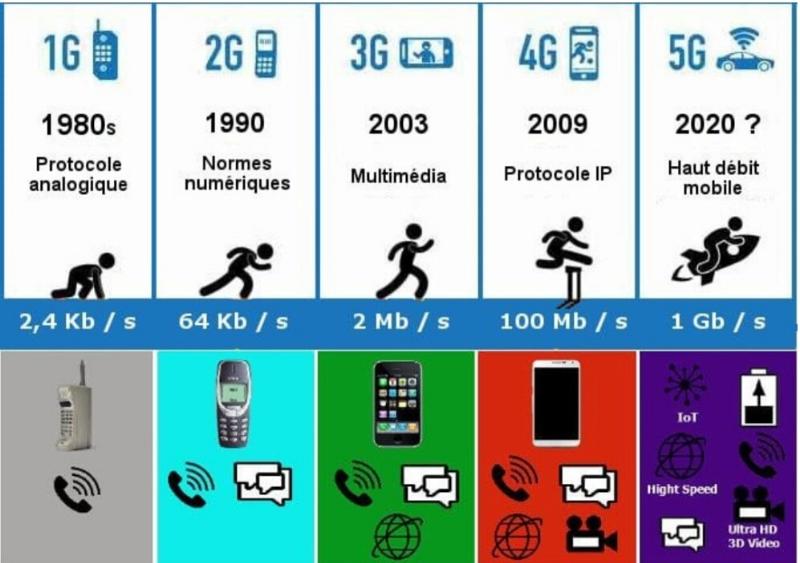
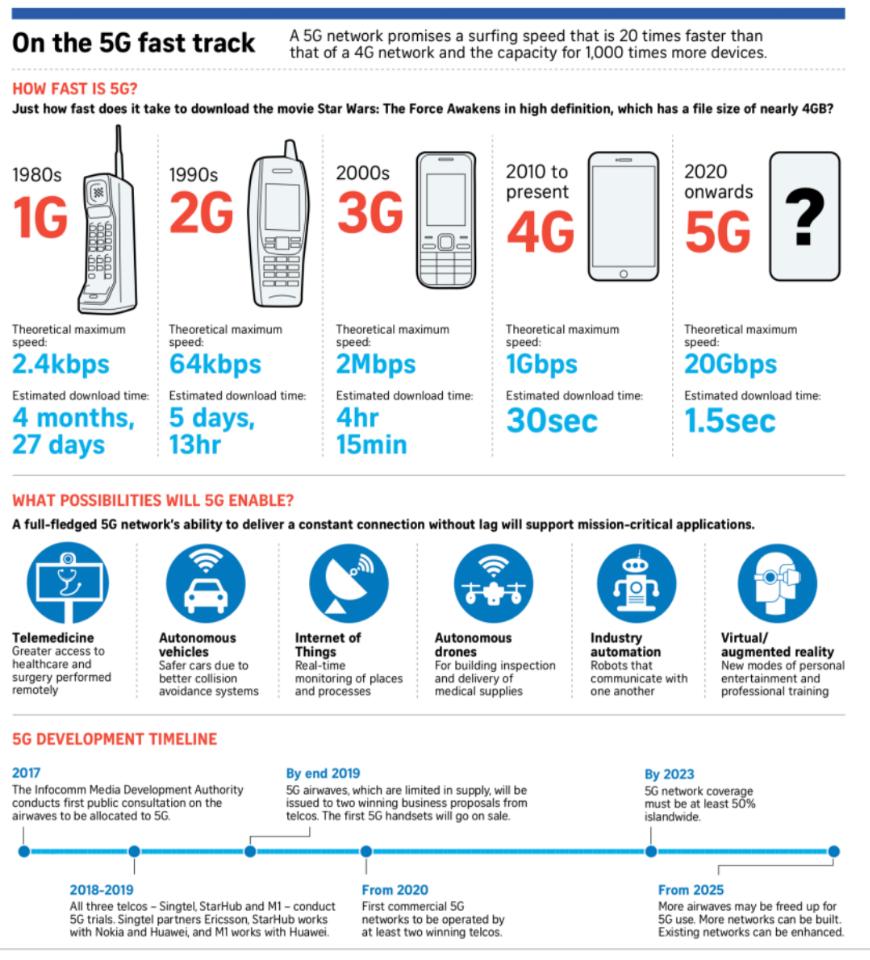
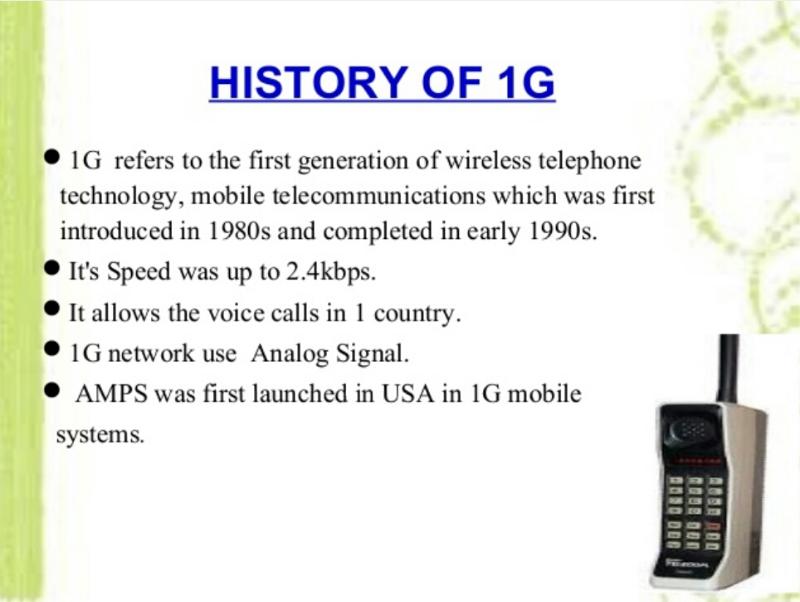
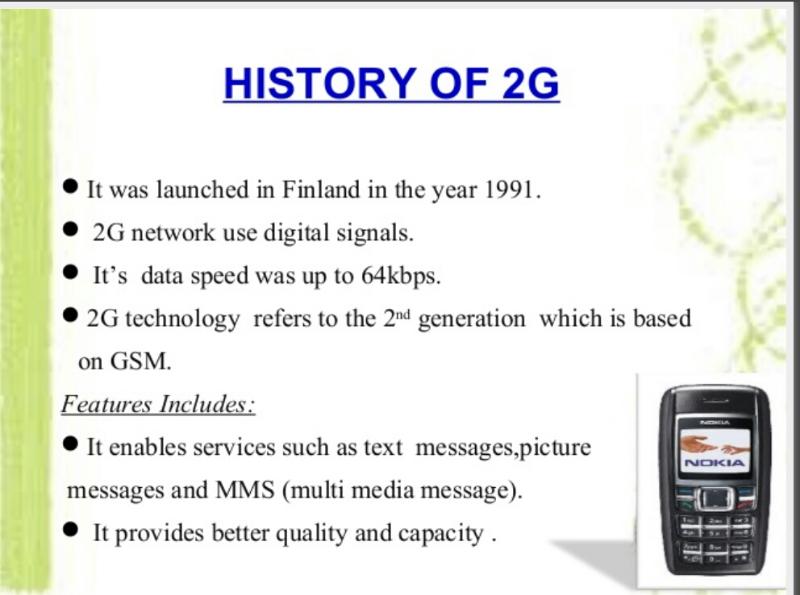
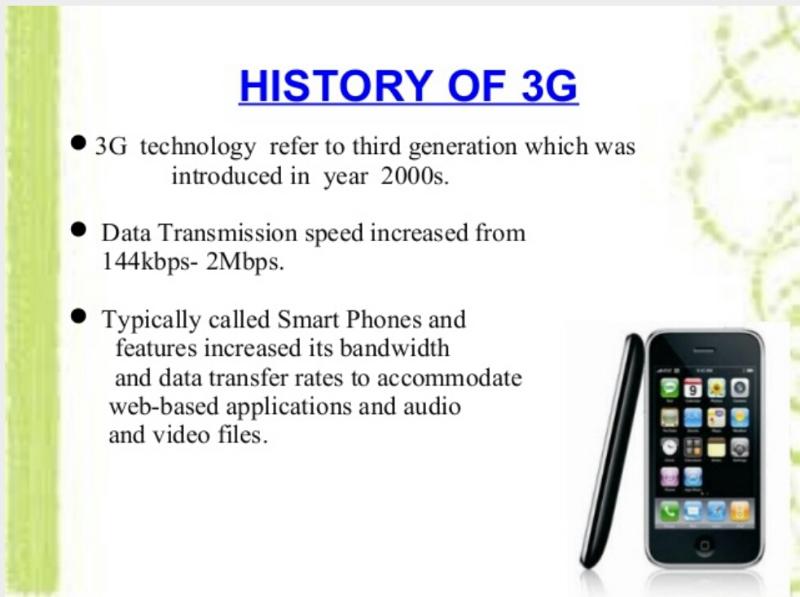
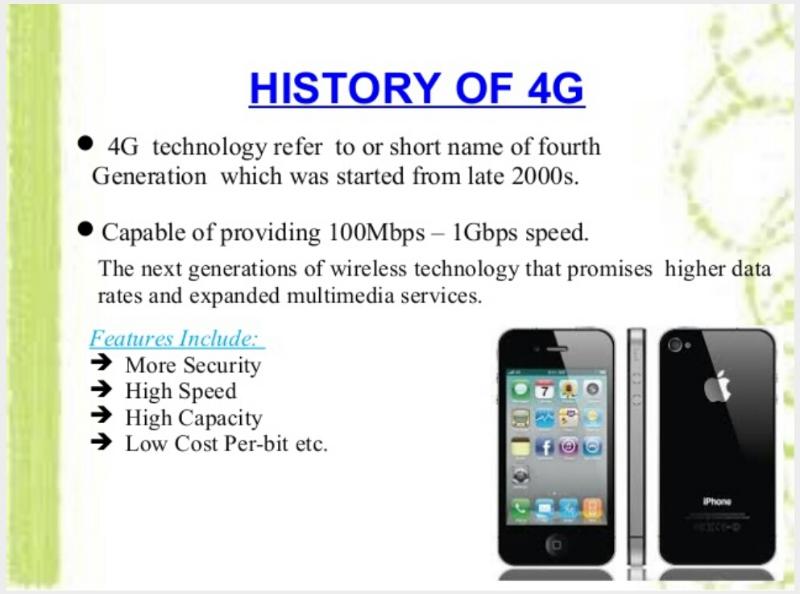
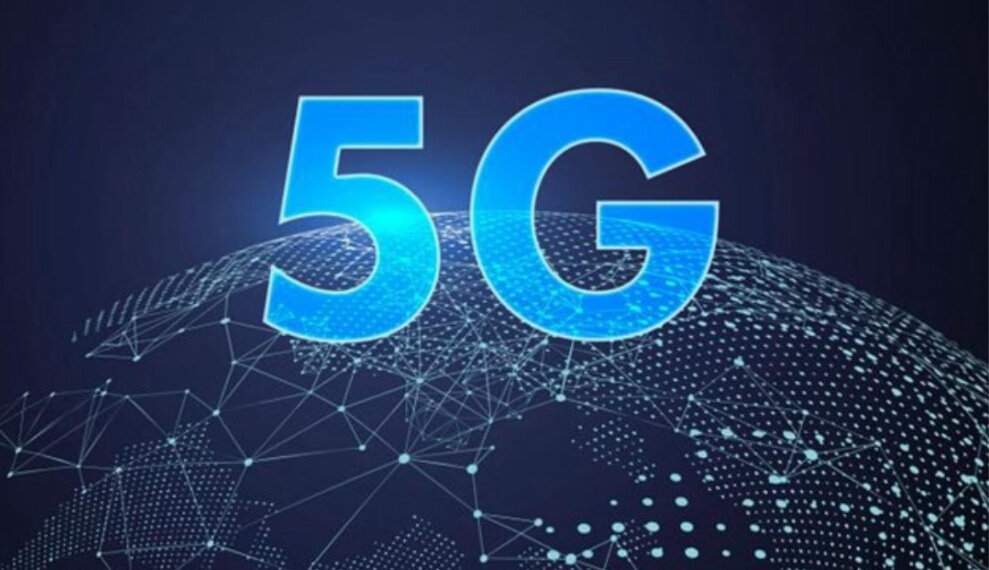
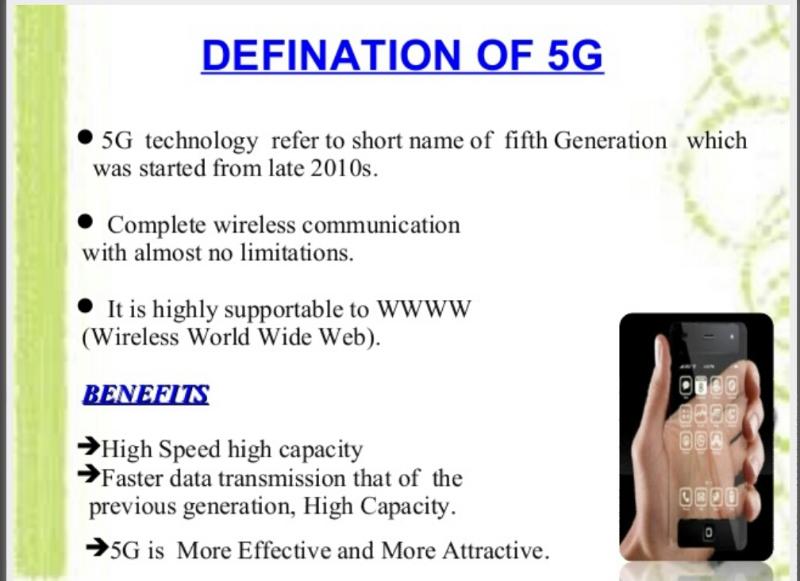

One Reply to “Communication technology generations in Mobiles”